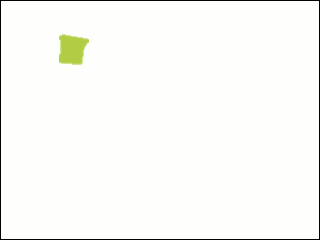transliteration i katakana origin 伊 | hiragana origin 以 | |
 | ||
い in hiragana or イ in katakana (romanised as i) is one of the Japanese kana each of which represents one mora. い is based on the sōsho style of the kanji character 以, and イ is from the radical (left part) of the kanji character 伊. In the modern Japanese system of alphabetical order, it occupies the second position of the alphabet, between あ and う. Additionally, it is the first letter in Iroha, before ろ. Both represent the sound [i]. In the Ainu language, katakana イ is written as y in their Latin-based alphabet, and a small ィ after another katakana represents a diphthong.
Contents
Variant forms
Like other vowels, scaled-down versions of the kana (ぃ, ィ) are used to express sounds foreign to the Japanese language, such as フィ (fi). In some Okinawan writing systems, a small ぃ is also combined with the kana く (ku) and ふ to form the digraphs くぃ kwi and ふぃ hwi respectively, although the Ryukyu University system uses the kana ゐ/ヰ instead.
Origin
い comes from the left part of the Kanji 以, while イ originates from the left part of the Kanji 伊.
Stroke order
The Hiragana い is made in two strokes:
- At the top left, a curved vertical stroke, ending with a hook at the bottom.
- At the top right, a shorter stroke, slightly curving in the opposite direction.
The Katakana イ is made in two strokes:
- At the top, a curved diagonal line going from right to left.
- In the center of the last stroke, a vertical line going down.
Other communicative representations
The Morse code for い or イ, is ・-.
In Japanese phonetic alphabet, one would say "いろはのイ" (Iroha no I.)
